 When we take a minute to look around our world, what do we? What does God see? We easily can notice fear, hatred, injustice and oppression, people trying to not only cope with life experiences both welcomed and overwhelming. We also see people trying many different means to thrive with a life of meaning. But Jesus instructs his followers that our sense of meaning correlates to our behaviors towards others when he said:… be reconciled … be loving … be forgiving … be merciful… be accepting. It’s hard work! But Christ’s indwelling Spirit empowers us to be transformed into Jesus’ likeness because we know whose and who we are.
When we take a minute to look around our world, what do we? What does God see? We easily can notice fear, hatred, injustice and oppression, people trying to not only cope with life experiences both welcomed and overwhelming. We also see people trying many different means to thrive with a life of meaning. But Jesus instructs his followers that our sense of meaning correlates to our behaviors towards others when he said:… be reconciled … be loving … be forgiving … be merciful… be accepting. It’s hard work! But Christ’s indwelling Spirit empowers us to be transformed into Jesus’ likeness because we know whose and who we are.
This week in Pastor Kevin’s message, we tackle a few of those hard sayings of Jesus as we consider the apostle Paul’s encouragement to be a faith community built on common ground. It’s a strikingly different way to live without judgement, resentment, contention, and contempt.
Jesus is for everyone. How will our community know if we do not make that message real?
Our mission is to serve the least, the lonely, and the lost. Every moment is a chance to note what’s happening inside. Every moment is another stop on you tour of discovery and growth. Could take micro-steps in the path of Jesus to better reflect God’s love for this world and everyone win it?
This week’s Micro-Steps:
1. Do you think about your need to be reconciled to others as critical to authentic worship of God?
2. What groups do you belong to? How can your participation in various groups inspire your sense of generosity, gratitude, and giving?
3. How will you this week nurture your inner spirit and sense of meaning through your engagement in our faith community?
4. How will you renew your commitment to reach those treated as the least, those who are lonely, and those who feel lost? Take a micro-step today!
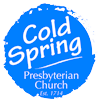

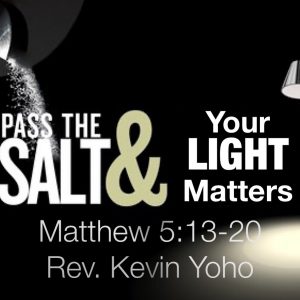 In his book
In his book 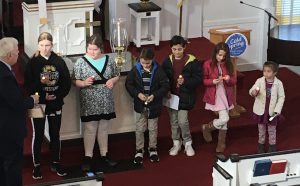 When you move in a dark room or space, what do you need to see? Right! Light! Flashlights are way cool. But did you know that every day as you move through life, you have a powerful light that is better than any flashlight you could carry? Yes! It’s your inner light! A light that never dims and a light that God put there to show you the way. Jesus is the Light of the World… and we can sense his presence in our life, be open to God’s action in our life, and by listening to God’s word that lights our path, and your family and the family here at Cold Spring Church, you will always be heading in the right direction… toward the Light that is Jesus! So let your light shine! Your light matters.
When you move in a dark room or space, what do you need to see? Right! Light! Flashlights are way cool. But did you know that every day as you move through life, you have a powerful light that is better than any flashlight you could carry? Yes! It’s your inner light! A light that never dims and a light that God put there to show you the way. Jesus is the Light of the World… and we can sense his presence in our life, be open to God’s action in our life, and by listening to God’s word that lights our path, and your family and the family here at Cold Spring Church, you will always be heading in the right direction… toward the Light that is Jesus! So let your light shine! Your light matters.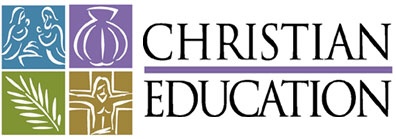

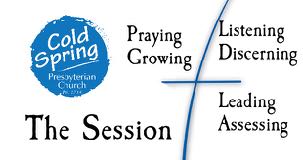

 New Members Group Forming Now
New Members Group Forming Now